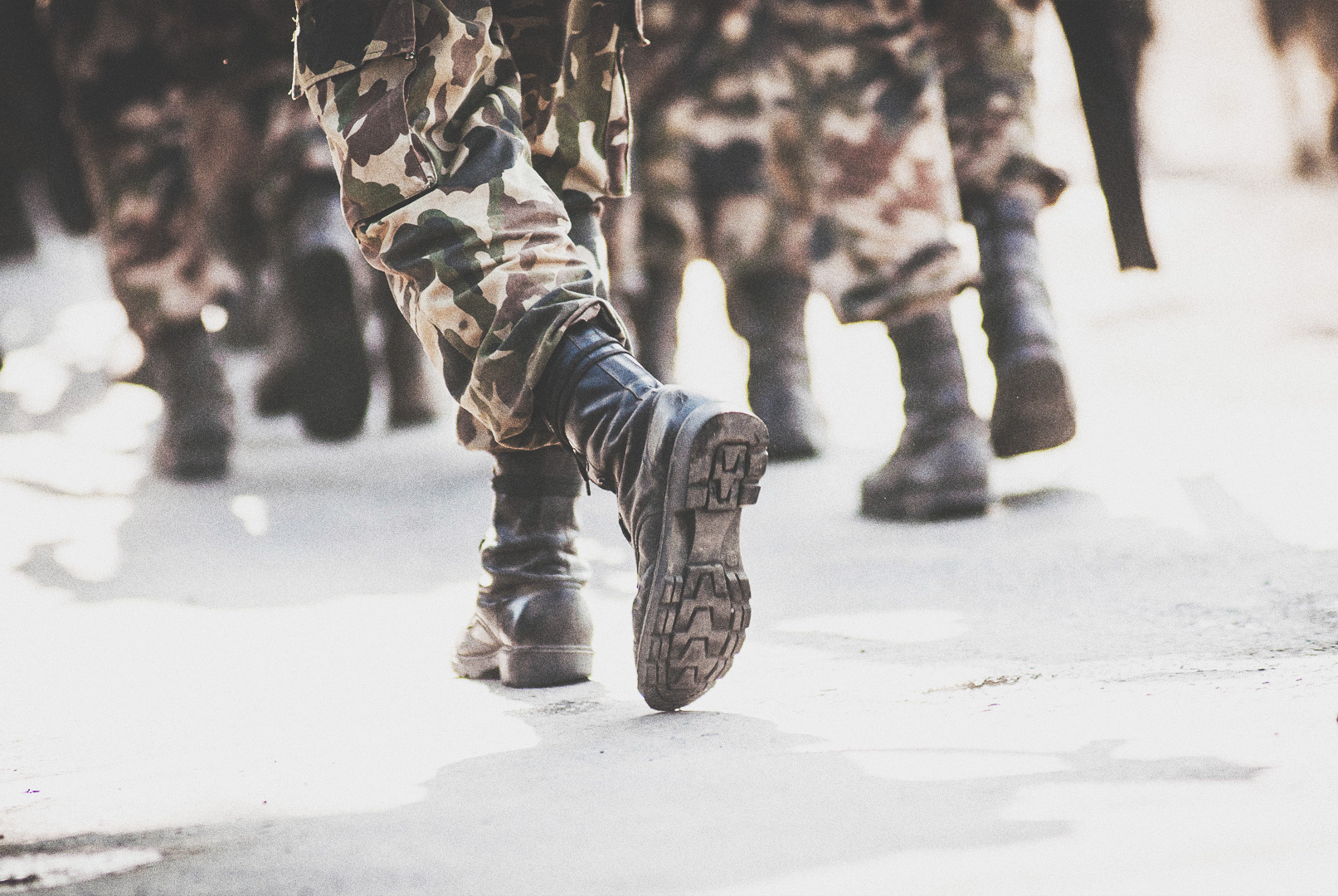Military Strategy Could Help Take Your Organization to the Next Level
One of the critical differences between military and civilian organizations is that most military organizations can only simulate their wartime missions in peacetime, and must therefore conduct training which seeks to mimic combat conditions as closely as possible. This is not something that most civilian organizations do with their more high-pressure tasks.
The thinking behind that might be that ongoing operations provide sufficient training opportunities to learn. But if you want members of your organization to learn lessons faster, consider instituting something like the military’s After-Action Review (AAR). I’ll walk you through how that works here.

What is an AAR?
Training Circular 25-20, A Leader’s Guide to After-Action Reviews, defines the AAR as a “professional discussion of an event, focused on performance standards, that enables soldiers to discover for themselves what happened, why it happened, and how to sustain strengths and improve on weaknesses.”
Simulation of combat is resource intensive and demanding, and it is critical that each training event provide the maximum amount of benefits for the costs incurred. In order to ensure this, each major training event incorporates a process of review from beginning to end; the AAR.
Unlike a critique, which may only present a limited number of points of view, an AAR includes feedback from all participants—from the senior leaders to the individual soldiers—whose observations are often just as critical to the success of the unit mission.
Two types of AARs
AARs fall into two general categories, Formal and Informal. The formats are essentially the same, but the determination of whether to conduct a formal or informal AAR is generally based on the level of the unit conducting the training (Company and below tend to be informal, while Battalion and above tend to be formal, although certain squad, crew, platoon and company training events, such as gunnery exercises, may be formally reviewed).
Formal AARs are planned well in advance of the execution of the training event, with extensive preparation. There will be a reproduction of the training area (either on a terrain model, or sand table, a map blow-up or a projection), dedicated observer controllers (OCs) and are conducted where they can be supported most effectively. The formal AAR will also include the data captured in informal AARs conducted by the OCs on site with smaller units. Informal AARs are conducted immediately after a training event by the internal chain of command, at the training site, and require less preparation.
 As a Second Lieutenant, I used to conduct platoon AARs with a pocketful of Micro-Armor (miniature vehicles cast in metal) and a hastily sketched out terrain board between our vehicles. I also used to conduct Rehearsal of Concept (ROC) Drills the same way before the event.
As a Second Lieutenant, I used to conduct platoon AARs with a pocketful of Micro-Armor (miniature vehicles cast in metal) and a hastily sketched out terrain board between our vehicles. I also used to conduct Rehearsal of Concept (ROC) Drills the same way before the event.
In fact, the amount of detail that goes into the ROC Drill is usually a good indicator of the amount of detail that will go into the AAR. The AAR for a Brigade Combat Team (BCT) exercise will almost certainly mimic the level of detail of the ROC Drill, especially since the site preparation, training aids and Operations Order (OPORD) will be used in both events.
Key points and formats
All AARs, whether formal or informal, share the same key points. AARs:
- Are conducted during or immediately after each event
- Focus on intended training objectives
- Focus on soldier, leader, and unit performance
- Involve all participants in the discussion
- Use open-ended questions
- Are related to specific standards
- Determine strengths and weaknesses
- Link performance to subsequent training
The AAR format, regardless of whether it is formal or informal, should include the following:
- Introduction and rules
- Review of training objectives
- Commander's mission and intent (what was supposed to happen)
- Opposing force (OPFOR) commander's mission and intent (when appropriate)
- Relevant doctrine and tactics, techniques, and procedures (TTPs)
- Summary of recent events (what happened)
- Discussion of key issues (why it happened and how to improve)
- Discussion of optional issues
- Discussion of force protection issues (discussed throughout)
- Closing comments (summary)
Planning and execution
The AAR is part of every training event. There are four phases, which are run as the training event is planned and executed.
Phase 1: Planning
During this phase, the trainers select and train qualified OCs review the doctrinal inputs to the training event and begin identifying the data to be captured, schedule the AARs, identify participants, select the sites, select training aids and review the planning for the AAR.
Phase 2: Preparation
The trainers will review the Operations Order (OPORD), Mission Essential Task Lists (METL) and doctrinal guidance and extract the training objectives and determine which key events OCs are to observe. Once the training event begins, the OCs will record their observations and these will be collected and organized in order to reinforce teaching points. They will also recon the AAR site and begin site prep and rehearsals.
Phase 3: Execution
Following the format, the trainers will conduct the AAR. Goals are to seek maximum participation from members of the training unit, focus on training objectives and teaching points and to record key points derived from the observations of all participants.
Phase 4: Follow up
As the training unit recovers from the exercise, the chain of command will incorporate the AAR findings into identifying and correcting weaknesses through retraining and revising Standard Operating Procedures (SOPs). These changes in training will be incorporated into the Yearly Training Plan (YTP) and Yearly Training Calendar (YTC). The AAR will also be used to refine the commander’s readiness assessments in the Unit Status Report (USR).
Safety, on!
Safety cannot be overemphasized in training exercises. Simulations of combat carry risks to participants, and the more realistic the simulation, the greater the risks. Pyrotechnics used to simulate artillery can cause injuries, vehicular accidents will occur, even something as simple as food storage can have catastrophic consequences if not properly executed. During an exercise at Fort Irwin, one of the units that we were working with suffered two fatalities when a HMMWV overturned in a ditch while speeding.
Never underestimate the impact of Murphy’s Law. Safety and force protection should be specifically addressed in every phase of the AAR, just as they are incorporated into the training events. As my first squadron commander used to say before each event, “There is nothing that we will do here today that is worth your life.”
How to AAR
In a military environment, an AAR provides critical data to a unit commander, who will then incorporate that data into improving unit performance and, ultimately, securing victory on the battlefield. There are aspects of the AAR that civilian enterprises are finding useful, and I strongly recommend that those managers and other leaders who seek to incorporate AARs into their operations review Training Circular 25-20.
Disclosure of Material Connection: Some of the links in the post above are “affiliate links.” This means if you click on the link and purchase the item, we will receive an affiliate commission. Regardless, we only recommend products or services we use and believe will add value to our readers. We are disclosing this in accordance with the Federal Trade Commission’s 16 CFR, Part 255: “Guides Concerning the Use of Endorsements and Testimonials in Advertising.










